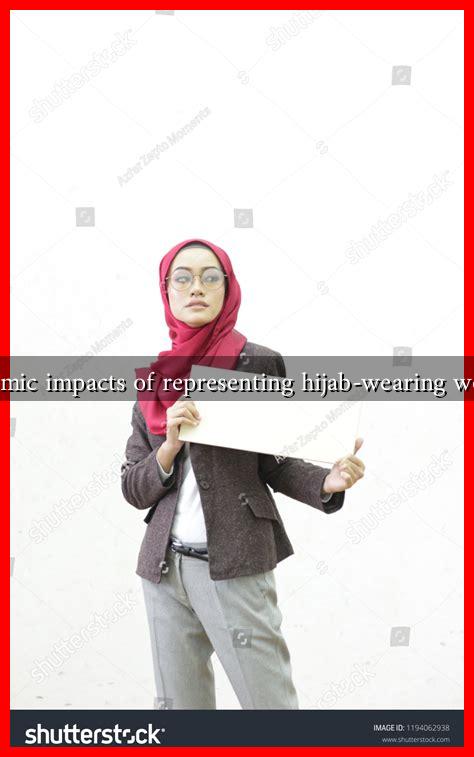-
Table of Contents
The Economic Impacts of Representing Hijab-Wearing Women in Advertising
In recent years, the representation of hijab-wearing women in advertising has gained significant attention. As brands strive to become more inclusive and diverse, the portrayal of Muslim women in marketing campaigns has emerged as a crucial aspect of their strategies. This article explores the economic impacts of representing hijab-wearing women in advertising, highlighting the benefits for brands, the market potential, and the broader implications for society.
Understanding the Market Potential
The global Muslim population is estimated to be over 1.9 billion, with a significant portion of this demographic being women who wear the hijab. This presents a substantial market opportunity for brands willing to engage with this audience authentically. The economic impacts of representing hijab-wearing women in advertising can be understood through several key factors:
- Market Size: The Muslim fashion market is projected to reach $373 billion by 2024, with modest fashion being a significant segment. Brands that include hijab-wearing women in their advertising can tap into this lucrative market.
- Consumer Loyalty: Brands that authentically represent hijab-wearing women can foster loyalty among Muslim consumers. A study by the Muslim Consumer Group found that 67% of Muslim women prefer to buy from brands that reflect their values and culture.
- Brand Image and Reputation: Inclusive advertising can enhance a brand’s image, making it more appealing to a broader audience. Companies that embrace diversity are often viewed as socially responsible, which can lead to increased sales and customer retention.
Case Studies of Successful Campaigns
Several brands have successfully integrated hijab-wearing women into their advertising campaigns, demonstrating the economic benefits of such representation:
- H&M: In 2017, H&M featured a hijab-wearing model, Mariah Idrissi, in their campaign for a modest fashion line. This move not only resonated with Muslim consumers but also attracted attention from non-Muslim audiences, showcasing the brand’s commitment to diversity.
- Nike: Nike launched the Pro Hijab in 2017, designed specifically for Muslim athletes. The campaign featured hijab-wearing athletes, which not only highlighted the brand’s inclusivity but also opened up a new market segment, leading to increased sales in the modest sportswear category.
- ASOS: The online retailer ASOS has been praised for its diverse representation, including hijab-wearing models in its campaigns. This approach has helped the brand connect with a younger, more diverse audience, resulting in a significant boost in sales.
Broader Economic Implications
The representation of hijab-wearing women in advertising extends beyond individual brands; it has broader economic implications for society as a whole:
- Job Creation: As brands expand their offerings to cater to hijab-wearing women, there is potential for job creation in design, marketing, and retail sectors.
- Empowerment and Economic Participation: By representing hijab-wearing women, brands contribute to their empowerment, encouraging them to participate more actively in the economy as consumers and entrepreneurs.
- Social Cohesion: Inclusive advertising can foster social cohesion by promoting understanding and acceptance among diverse communities, which can lead to a more stable economic environment.
Challenges and Considerations
While the economic impacts of representing hijab-wearing women in advertising are largely positive, there are challenges that brands must navigate:
- Authenticity: Brands must ensure that their representation is authentic and not merely a marketing gimmick. Misrepresentation can lead to backlash and damage to brand reputation.
- Cultural Sensitivity: Understanding the cultural nuances associated with hijab-wearing women is crucial. Brands must engage with the community to ensure respectful and accurate representation.
Conclusion
The economic impacts of representing hijab-wearing women in advertising are profound and multifaceted. By tapping into a significant market, fostering consumer loyalty, and enhancing brand reputation, companies can reap substantial economic benefits. Successful case studies from brands like H&M, Nike, and ASOS illustrate the potential for growth and innovation in this space. However, brands must approach this representation with authenticity and cultural sensitivity to avoid pitfalls. Ultimately, inclusive advertising not only benefits businesses but also contributes to a more diverse and equitable society.
For further insights on the impact of diversity in advertising, you can explore resources from the American Advertising Federation.

